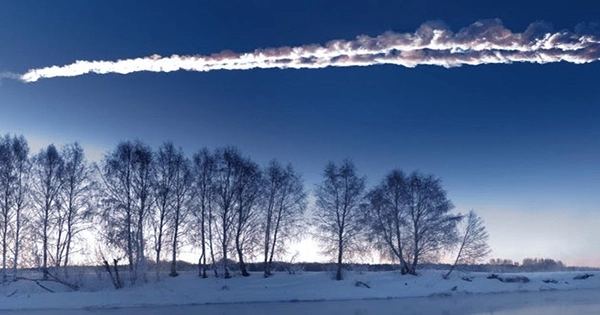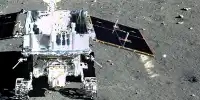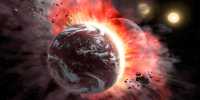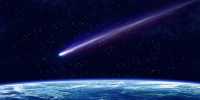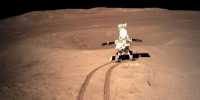A previously unknown space rock detonated above Chelyabinsk, a city in West-Central Russia, in February 2013. The meteor’s shockwave injured about 1,500 people, and footage of the event were broadcast throughout the world. According to the investigation of the meteorite that was left behind, the space rock originated at the very beginning of the Solar System. The impacts of this space rock destroyed the minerals inside the meteorite, which give clues as to its genesis. The findings were published in Communications Earth & Environment.
The earliest evidence of such a collision occurrence dates from fewer than 50 million years ago. The minerals fractured as a result of the collision, although the pressures and temperatures were not extreme. It was a minor collision, but it did set it on its tragic collision path with Earth. What’s more intriguing is the study’s indication of a far older collision. This is from a time period of fewer than 4.5 billion years. This is a pivotal moment in our planet’s history. Around that time, the Mars-sized planetoid Theia is thought to have collided with Earth, hurling debris into orbit and forming the Moon.
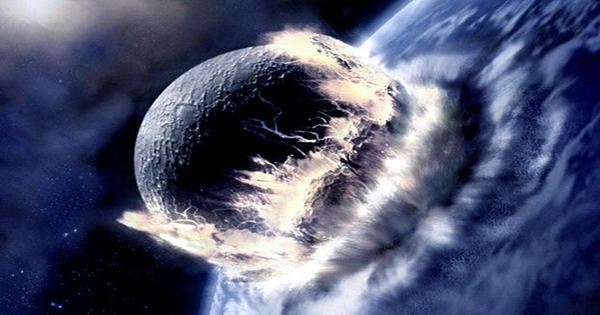
“We need to draw on numerous lines of evidence to be more definite about impact histories – almost like examining an old crime scene,” lead author Craig Walton of Cambridge’s Department of Earth Sciences said in a statement. Uranium-lead dating was used by the team. Uranium radioactively decays into lead over time, and researchers can date characteristics in the meteorite by analyzing the quantity of either, especially those that occurred after the impacts that this item encountered.
“The concern for us was whether these dates could be believed, and could we link these impacts to evidence of impact superheating?” Walton explained. “We’ve demonstrated that the mineralogical background for dating is critical.” Other stony meteorites in the same class as the one found in Chelyabinsk have revealed high-energy collisions occurred between 4.48 and 4.44 billion years ago. This reveals something crucial about that pivotal moment in the history of our little corner of the Universe.
“The fact that all of these asteroids show extensive melting at this period might suggest Solar System reorganization, either as a result of Earth-Moon creation or possibly as a result of massive planet orbital motions.” A better knowledge of the development of these objects, as well as the Moon’s own formation, might provide light on how our planet came to be.
